Size :100CM
Ficus cyathistipula, commonly known as the African Fig or the Cluster Fig, is a tropical tree native to Africa. With its attractive foliage and distinctive fig fruits, it is a fascinating and visually appealing plant to cultivate. Here is a detailed description of Ficus cyathistipula along with care tips to help you cultivate and maintain its health and beauty:
Appearance:
Ficus cyathistipula is a medium-sized tree that can reach heights of up to 30 feet (9 meters) in its natural habitat. It has a rounded canopy with dense, glossy, dark green leaves that are leathery and elliptical in shape. The tree produces small, round fig fruits that turn from green to purple-black when mature.
Light:
Ficus cyathistipula thrives in bright, indirect light. It can tolerate some shade but prefers a well-lit location. Avoid exposing it to direct sunlight, as it can scorch the leaves. Indoors, place it near a window where it can receive bright, filtered light.
Temperature:
This plant prefers warm temperatures between 60°F to 80°F (15°C to 27°C). It can tolerate slightly cooler temperatures but should be protected from frost. Avoid placing it in drafty areas or near cold windows during winter.
Watering:
Water your Ficus cyathistipula thoroughly when the top inch (2.5 cm) of soil feels dry. Ensure proper drainage and avoid waterlogging, as it can lead to root rot. Allow excess water to drain out from the bottom of the pot. Reduce watering during the dormant period in winter.
Humidity:
Ficus cyathistipula appreciates moderate to high humidity levels. If the air is dry, increase humidity by misting the leaves regularly or placing a humidifier nearby. Grouping plants together can also create a more humid microclimate. Avoid placing the plant near heating or cooling vents, which can reduce humidity.
Soil:
Use well-draining soil that retains some moisture. A mixture of peat moss, perlite, and regular potting soil works well. Ensure the pot has drainage holes to prevent water accumulation. Ficus cyathistipula can tolerate a range of soil pH levels.
Fertilization:
Feed your Ficus cyathistipula with a balanced, water-soluble fertilizer diluted to half the recommended strength. Apply the fertilizer every two to four weeks during the growing season (spring and summer) to support healthy growth. Reduce or stop fertilization in the dormant period (winter).
Pruning:
Regular pruning helps maintain the plant’s shape and remove any dead, damaged, or overgrown branches. Prune in early spring before new growth emerges. Use clean, sharp pruning tools to prevent the spread of diseases. Ficus cyathistipula can tolerate moderate pruning.
Propagation:
Ficus cyathistipula can be propagated through stem cuttings. Take a 6-8 inch (15-20 cm) cutting from a healthy, mature plant and place it in a container with moist, well-draining soil. Keep the soil slightly moist and provide indirect light until roots develop.
Pests:
Keep an eye out for common houseplant pests such as aphids, mealybugs, and spider mites. Regularly inspect the leaves and stems for signs of infestation. If pests are present, treat them with an appropriate insecticidal soap or horticultural oil according to the product instructions.
By following these care tips, you can enjoy the lush foliage and unique fig fruits of your Ficus cyathistipula (African Fig) as it adds a touch of tropical beauty to your indoor or outdoor space.

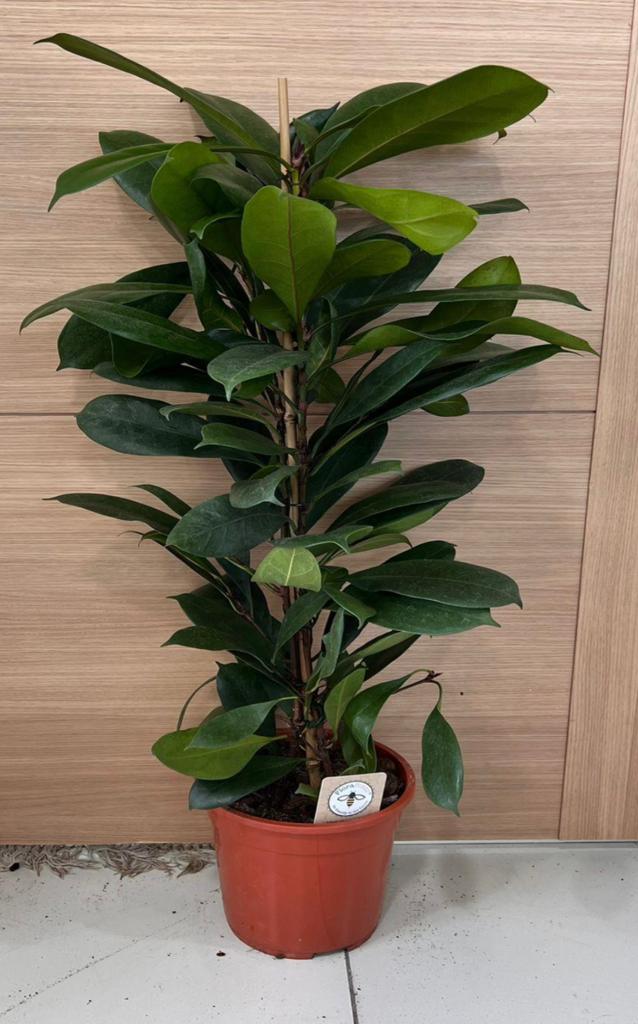
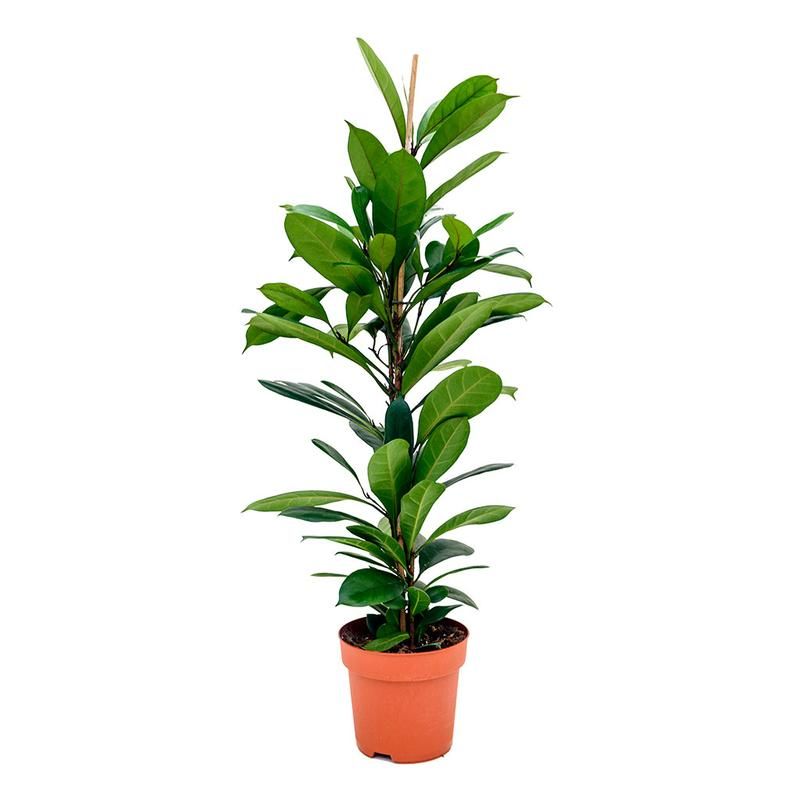
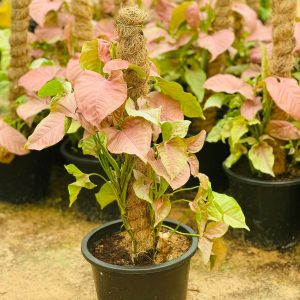
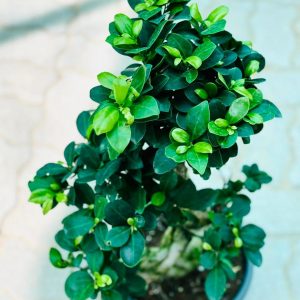
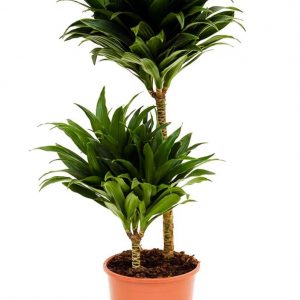
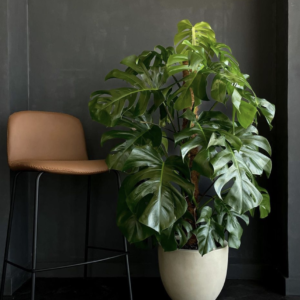
Reviews
There are no reviews yet.